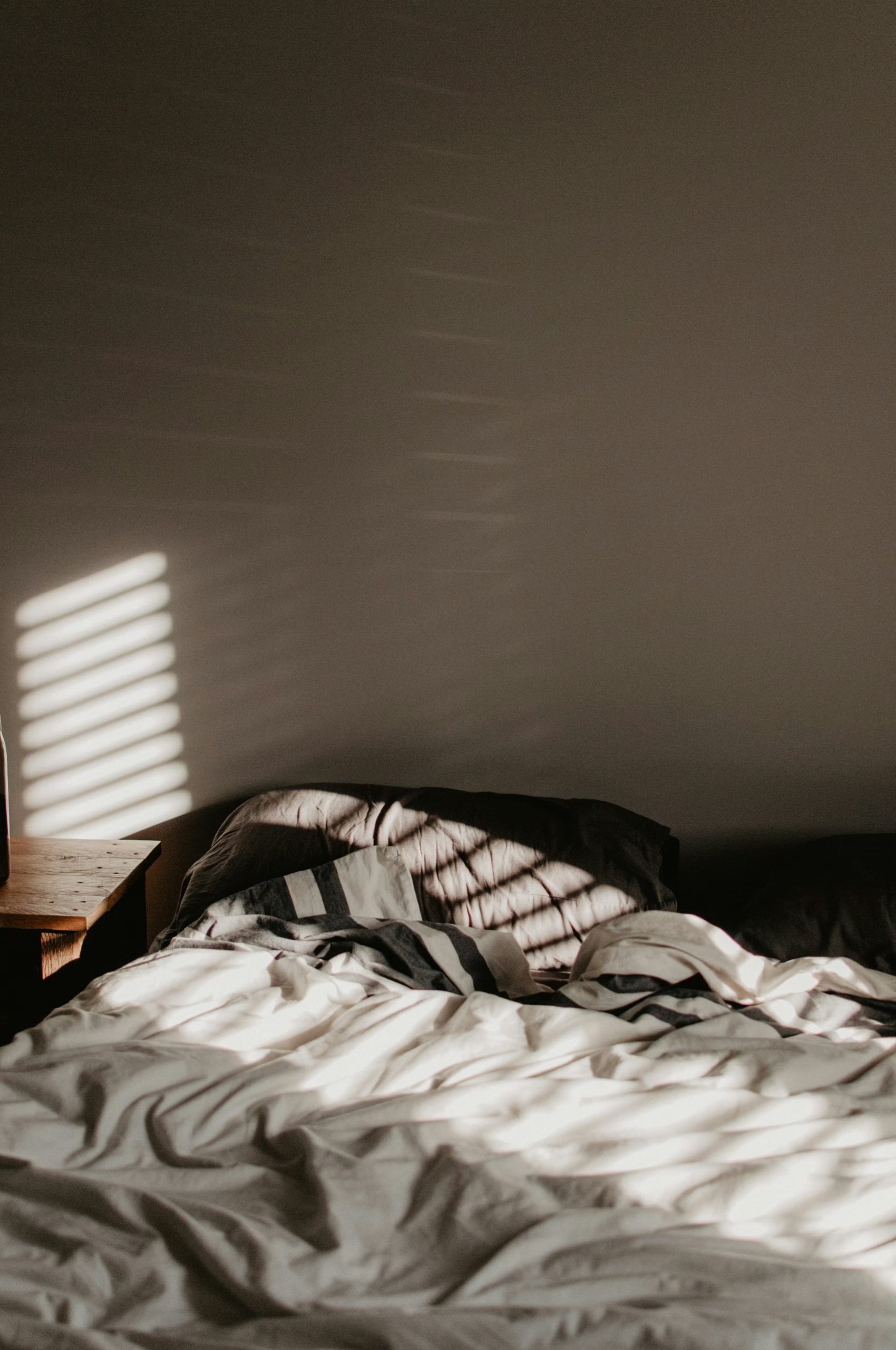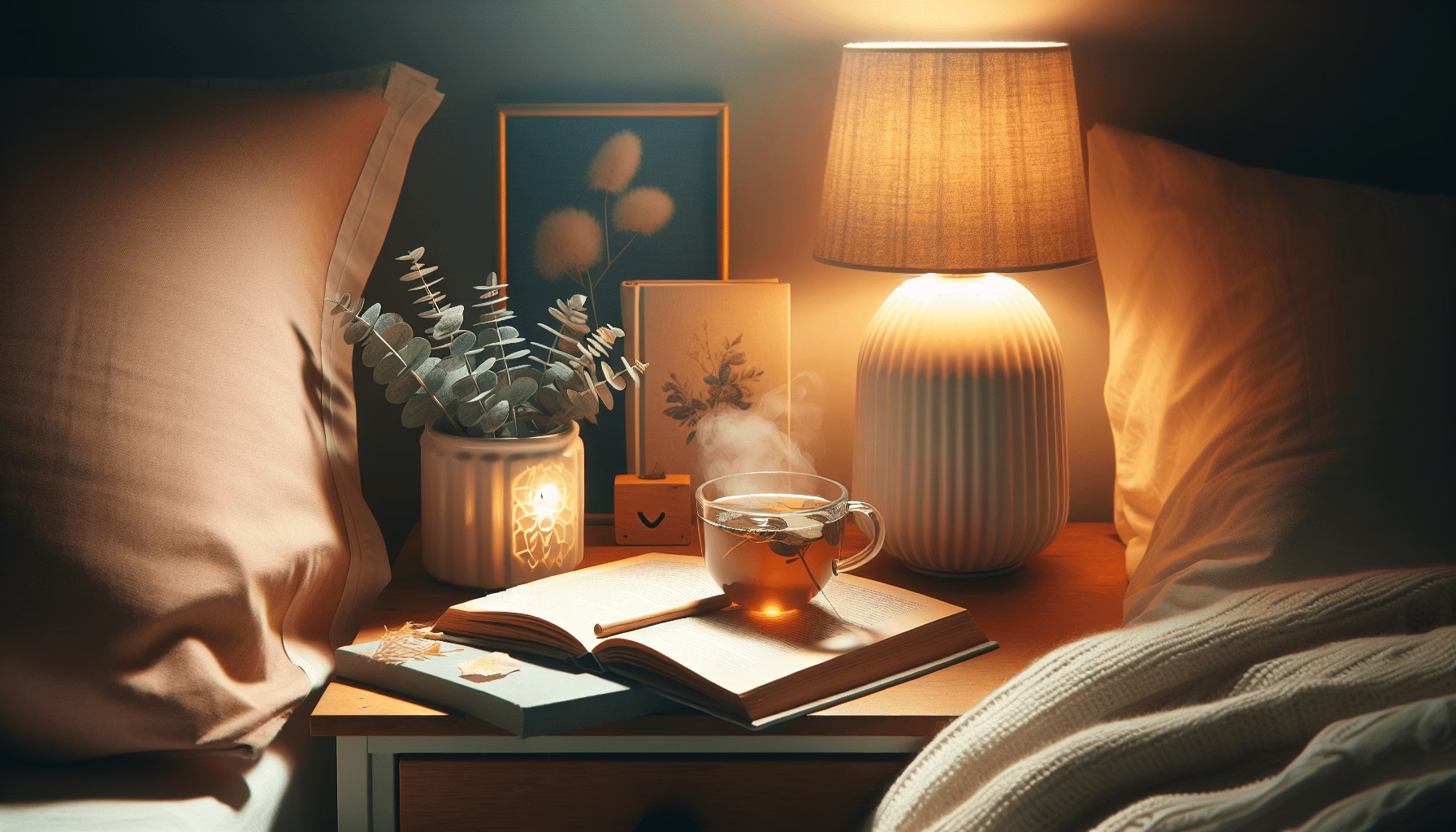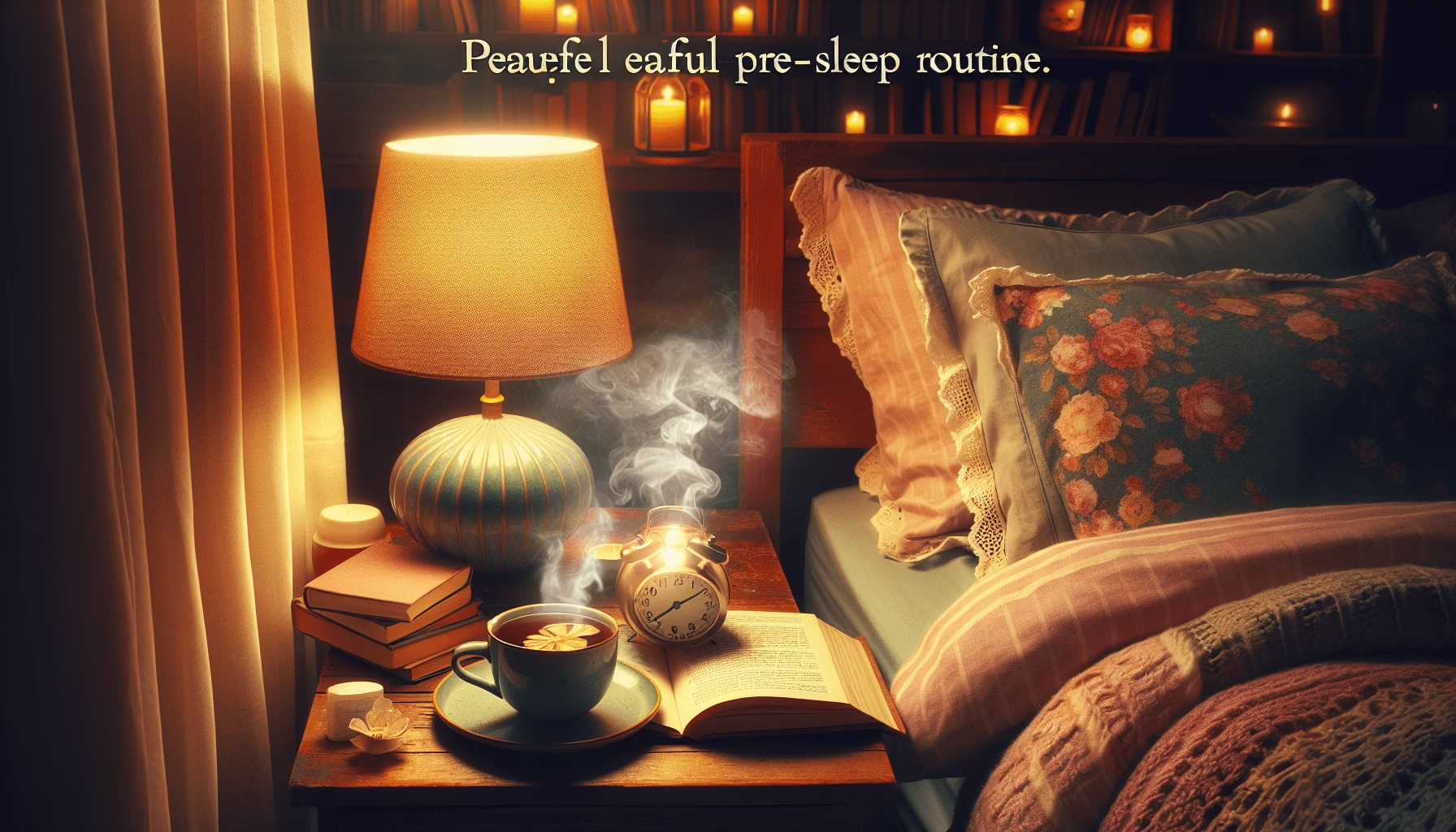Have you ever found yourself tossing and turning at night, wondering why a good night’s sleep is so elusive? If sleepless nights have become your unwelcome companion and you find yourself craving the sweet escape of restful slumber, then it’s time to reflect on your pre-bedtime routine. A thoughtfully designed ritual before hitting the sack can pave the way to a more restful and rejuvenating sleep. Let’s journey into the delightful world of bedtime routines and explore how you can embrace habits that nudge you gently into the arms of Morpheus.

Table of Contents
Unraveling the Mystery of Pre-Bedtime Routines
The concept of a routine before bed is not merely about the act of preparing for sleep, but about embracing a lifestyle that cherishes peace and rest. Our modern world, buzzing with the glow of screens and the hum of endless notifications, often disturbs the natural rhythm of our circadian cycle—the internal clock that rules our sleep-wake cycle. Crafting a bedtime routine, therefore, becomes essential not only in relaxing our bodies but in signaling to our mind that rest is near.
The Science Behind Slumber
Understanding the science of sleep can transform how you view your nighttime routine. Inside your body, a finely tuned orchestra of hormones plays its symphony, coaxing you into the different stages of sleep. Melatonin, often dubbed the “sleep hormone,” rises in the evening to invite drowsiness. When you maintain a consistent routine, you essentially attune your internal clock, making slumber as automatic as flipping a switch.
Tracing Back Bedtime Rituals Through History
Sleep rituals are not a modern-day invention; they have evolved alongside human societies. For centuries, people across cultures have employed various practices to soothe themselves to sleep. Whether it was the simple act of reading under candlelight or reciting soothing verses of poetry, historic societies crafted routines that cherished serenity and repose.
A Glimpse at the Past
In ancient Rome, the concept of “vesper time” referred to the peaceful transition as the day closed and night began. Evening baths with fragrant oils were common, and reading was a favored pastime. Fast forward to the industrial revolution, when candlelight gave way to the flickering electric bulb, the need for structured routines became even more pronounced, as artificial lighting extended the hours of wakefulness.

Key Components of a Successful Bedtime Routine
Now that we have a historical backdrop, what essential elements should you consider in crafting your very own bedtime ritual? The key is to identify practices that resonate with your personal preferences while fostering relaxation and happiness.
The Gentle Art of Unplugging
One of the most impactful steps you can take is reducing screen time before bed. The blue light emitted by your favorite gadgets can suppress melatonin production, disrupting your sleep. Consider a tech-free hour before hitting the sheets, allowing your brain the time to wind down.
Embracing Calm Through Meditation
Meditation offers a gentle pathway to serenity as you transition from day to night. Engaging in mindfulness or breathing exercises can help quiet racing thoughts and tether you to the present. Even five minutes of focused breathing can redress a whirlwind mind toward peace.
Luxuriating in a Warm Bath
A warm bath prior to bed isn’t just pure indulgence—it’s scientifically backed. Soaking in warm water raises your body temperature, and as you exit the bath, a gentle decline mimics the natural drop in temperature before sleep, leading to higher quality slumber.
Crafting Your Personalized Routine: A Step-By-Step Guide
Creating a bedtime routine is personal; one size doesn’t fit all. Here’s a guide to help you design a pre-sleep ritual tailored to your needs and preferences.
Assess Your Current Habits
Begin by reflecting on your current bedtime routine. Are there habits contributing to restless nights? Identifying any detrimental practices is the first step toward positive change. Then, consider alternatives that invite relaxation instead of anxiety.
Define Your Pre-Sleep Parameters
Design your environment. Ensure your bedroom is a sanctuary of calm. Invest in blackout curtains or a plush robe that hugs you warm as you wind down. Pay attention to comfort factors, such as mattress quality and room temperature.
Integrate Soothing Activities
Choose activities that signal relaxation: reading, journaling, or listening to music. The objective is to create a sequence that transitions away from stimulation and toward calm. Experiment with different elements until you find a combination that feels harmonious.

Infusing Rhythm and Ritual Into Sleep Hygiene
Consistency is the cornerstone of effective routines, enhancing your sleep hygiene and fostering long-term well-being. Prioritizing healthful habits not only enhances sleep quality but elevates your overall lifestyle.
The Importance of Consistency
Jackie, a reader from Portland, shared that while she initially struggled with irregular sleep patterns, establishing a consistent bedtime was transformative. Fixing her wake-up time—even on weekends—helped regulate her internal clock, making sleep effortless.
Incorporating Aromatherapy
Engaging your senses is a powerful way to invite relaxation. Consider diffusing essential oils like lavender or bergamot in your room. Not only do these scents promote drowsiness, but they also enhance the tactile luxury of your sleep environment.
Exercises for Engaging the Senses: A Holistic Approach
As you strengthen your routine, focusing on sensory engagement can foster a deeply relaxing experience. By touching upon each of the five senses, you create a rich tapestry of restfulness.
Sight: Mood Lighting
Replace harsh overhead lights with dim, warm-toned lamps in the evening. Candlelight, too, offers an ethereal glow that comforts rather than energizes.
Sound: White Noise or Nature Sounds
The gentle hum of a white noise machine or the soothing sound of rainfall can block out disruptive nighttime noises and create a cocoon of tranquility.
Touch: Comfortable Bedding
Your bed should invite you with open arms into comfort. Soft linens and cozy throws can nudge your body into an undeniable cuddle of warmth and security.
Smell: Essential Oils
Scents such as chamomile and ylang-ylang, when diffused or sprayed onto your bedding, can evoke a sense of ease and bring an end to the day’s sensory assault.
Taste: Herbal Teas
A soothing cup of caffeine-free herbal tea, such as chamomile or valerian root, can provide warmth and relaxation both mentally and physically.

Using Visuals to Enhance Your Routine
Imagine a soft glow illuminating a peaceful bedroom. Visualizing your ideal sleep space can be a powerful first step toward making it a reality. Visual cues—such as a sleep schedule poster or art that conveys tranquillity—add a layer of intention to your bedside manner.
DIY Projects for Sleep Sanctuary
Join the trend of creating DIY elements to personalize and enhance your sleep environment. Crafting homemade sleep sprays or arranging nature-inspired decor connects you to your sleep space, creating a personalized cocoon of serenity.
Success Stories: Real-World Sleep Transformations
Learning from others can be profoundly inspiring. Consider the case of Laura, who, by adjusting her bedtime routine with consistent cues like dim lighting and white noise, shifted from restlessness to peaceful sleep.
The Power of Community Stories
In online forums or local groups, sharing stories not only provides encouragement but also reinforces your commitment to achieving improved sleep quality. Witnessing transformations can motivate you to keep refining your personalized routine.

Troubleshooting Common Sleep Challenges
No journey toward better sleep is without its setbacks. By recognizing common sleep challenges, you can cultivate an adaptable routine that overcomes hurdles.
Sleeplessness and Anxiety
Stress and anxiety can be notorious sleep disruptors. Incorporate stress-relief tactics before bed, such as journaling or gratitude exercises, which can mentally prepare you for rest by easing the day’s worries.
Waking Up in the Night
Frequent awakenings can be frustrating. Consider adjusting your evening beverage intake or addressing comfort factors—sometimes even a subtle change in room temperature can make a world of difference.
Your Path to Restful Nights
Embarking on a journey to enhance your sleep quality is a tender act of self-care. While creating a meaningful pre-bedtime routine involves trial and error, committing to your nighttime rituals is an invaluable investment in your well-being. May this exploration of pre-sleep rituals guide you into the realm of peaceful, restorative slumber. As you close your eyes and embrace the comforting lull of sleep, know that you are not striving for perfection—only seeking solace in the quiet sanctity of night.
10 Steps to Build the Perfect Bedtime Routine for Better Sleep

